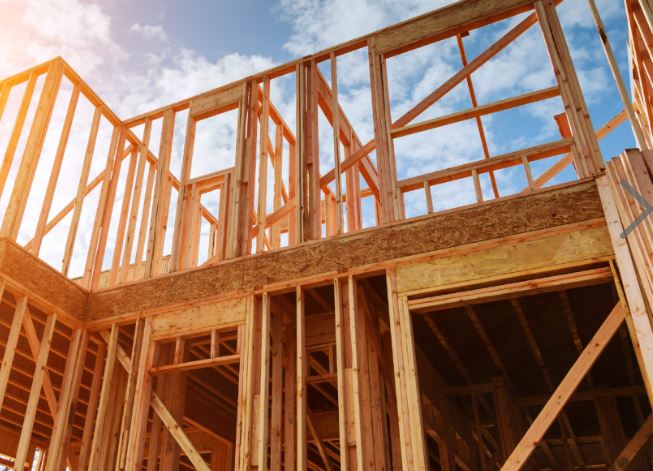
Scarcity and an acute, sustained rise in building material costs
— from softwood lumber to distribution transformers — are
driving up the cost to construct homes and harming housing
affordability. There are several factors driving this trend,
notably inflationary pressures and global factors, including
trade uncertainty.
NAHB estimates that $184 billion worth of goods were used in the
construction of both new multifamily and single-family housing
in 2023. $13 billon of those goods were imported from outside
the U.S., meaning approximately 7% of all goods used in new
residential construction originate from a foreign nation.
Import Tariffs on Building Materials
A tariff is essentially a tax on an imported good, meaning the
importer pays an additional cost for importing such an item from
another country. This effect raises the price of imported
products, where the price increase is then typically absorbed by
the importer or passed on to the end consumer of the good,
usually in some combination. For most goods, the cost is passed
on the end-users, meaning consumers. So tariffs on building
materials raise the cost of housing, and consumers end up paying
for the tariffs in the form of higher home prices.
Proposed new tariffs on China, Canada and Mexico are projected
to raise the cost of imported construction materials by $3
billion to $4 billion, depending on the specific rates. For some
materials, where imports are critical to supply, prices could
see dramatic increases, adding layered costs that could
substantially impact builders’ ability to deliver new projects.
Source:
nahb.org